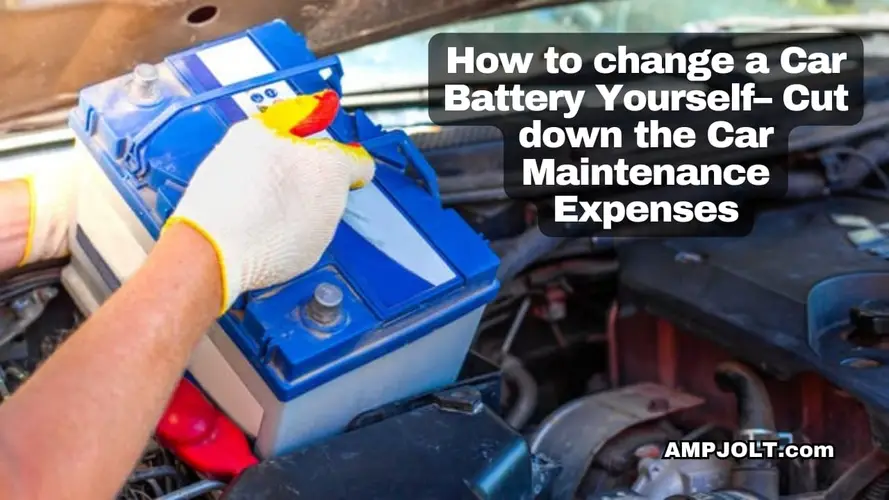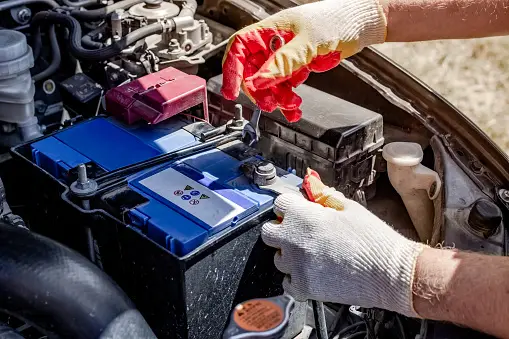Unlocking the Secrets: How to Extend the Battery …
April 14, 2018

Replacing your car battery at home stands as a cost-effective strategy in vehicle maintenance. Save your hard-earned money by sourcing a new battery anywhere, even online, and completing the installation independently, steering clear of pricey garage fees. With car battery prices ranging from $50 to $200, the entire process typically takes around 30 minutes.

Let’s learn together the telltale signs of a failing battery, testing procedures, and step-by-step instructions to seamlessly swap out your car battery.
When faced with a non-starting car, several electrical issues may lurk beneath the surface. Jumpstarting can provide a temporary fix, but it might mask deeper electrical problems. Before committing to a replacement, thorough testing is crucial. Electrical troubles, alternator issues, short circuits, or other electrical malfunctions can drain the battery, necessitating addressing these concerns to avoid a repeat scenario.
Typically, car batteries endure for 3 to 4 years, influenced by factors such as heat, heavy usage, and unsecured battery hold-downs. Identifying signs of a failing battery, like a zero response when turning the key or dim headlights, empowers you to make informed decisions regarding replacement.
Enter the multimeter – an economical electronic device invaluable for gauging battery voltage. Utilizing this tool helps decipher whether a replacement is genuinely required, offering a more accurate assessment beyond mere guesswork. Richard Jano recommends seeking professional opinions from mechanics or auto parts stores to ensure comprehensive testing and diagnosis.
Park, turn off the engine, and let's embark on locating your car's life source – the battery. Whether it resides under the hood on a tray or in the trunk, follow the guide to unveil and identify the powerhouse that fuels your vehicle.
Every battery boasts two terminals – positive (red) and negative (black). Safely disconnecting these terminals starts with the negative side. Equipped with work gloves and eye protection, use a wrench to loosen the bolt, gently twisting the cable connector before lifting it from the battery terminal. Repeat the process for the positive cable.
Secured by a metal bar or clamp, liberate the old battery by loosening the bolt holding it in place. Always handle batteries with care, ensuring they remain upright to avoid spills of caustic liquid.
Terminals succumb to corrosion over time, providing an opportune moment for thorough cleaning. Employ battery cleaner, a wire brush, or a baking soda paste to cleanse connectors and the battery tray. A close inspection ensures cables and connectors remain undamaged.
Before proceeding, confirm the new battery's alignment with red and black terminals. Lower the battery into its designated spot, reattaching the clamp or hold-down bar and securing it with a bolt. Protective felt washers or battery anti-corrosive gel on terminals can be considered for added security.
Close the hood, turn the key, and savor the sweet sound of your revived engine. New car batteries typically come charged and ready for immediate use.
Responsible disposal of your old battery ensures environmental friendliness. Many states mandate retailers to accept used batteries for recycling. Consult your local auto parts store for proper disposal, ensuring the old battery is placed in trash bags, kept upright, and promptly discarded.

Embarking on a DIY car battery replacement journey not only saves money but also grants a sense of empowerment. Ensure thorough testing, follow the step-by-step guide diligently, and bid farewell to unexpected maintenance expenses. Professional assistance is readily available if the road becomes too challenging, allowing you to embrace a self-sufficient approach to car ownership. Rev up your engines and conquer car troubles like a seasoned DIY pro!
Generally, car batteries last about 3 to 4 years, but factors like heat and heavy use can impact their lifespan.
Signs include zero response when turning the key, slow cranking, dim headlights, warning lights, and visible damage or leaks.
Yes, you can use a multimeter to measure the battery voltage, but for a professional opinion, consider taking it to a mechanic or auto parts store.
Yes, it's recommended to wear work gloves and eye protection to ensure safety during the process.
No, old car batteries cannot be thrown in ordinary trash. Most retailers and auto parts stores accept used batteries for recycling.
Comments
Write a comment